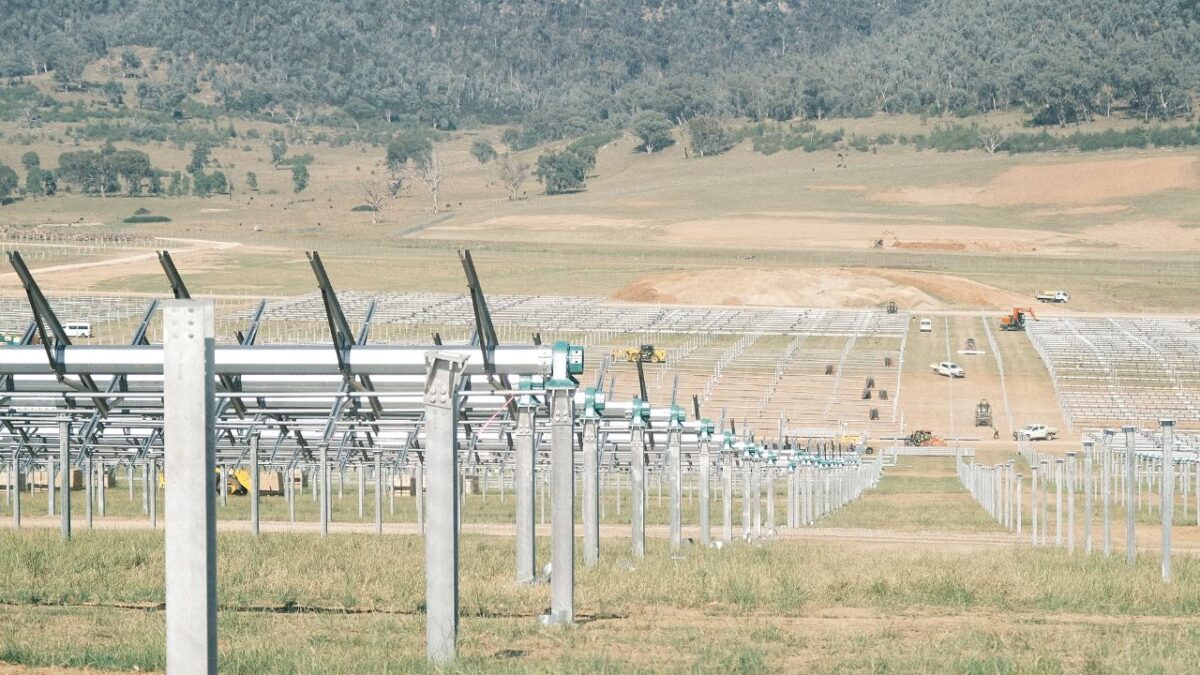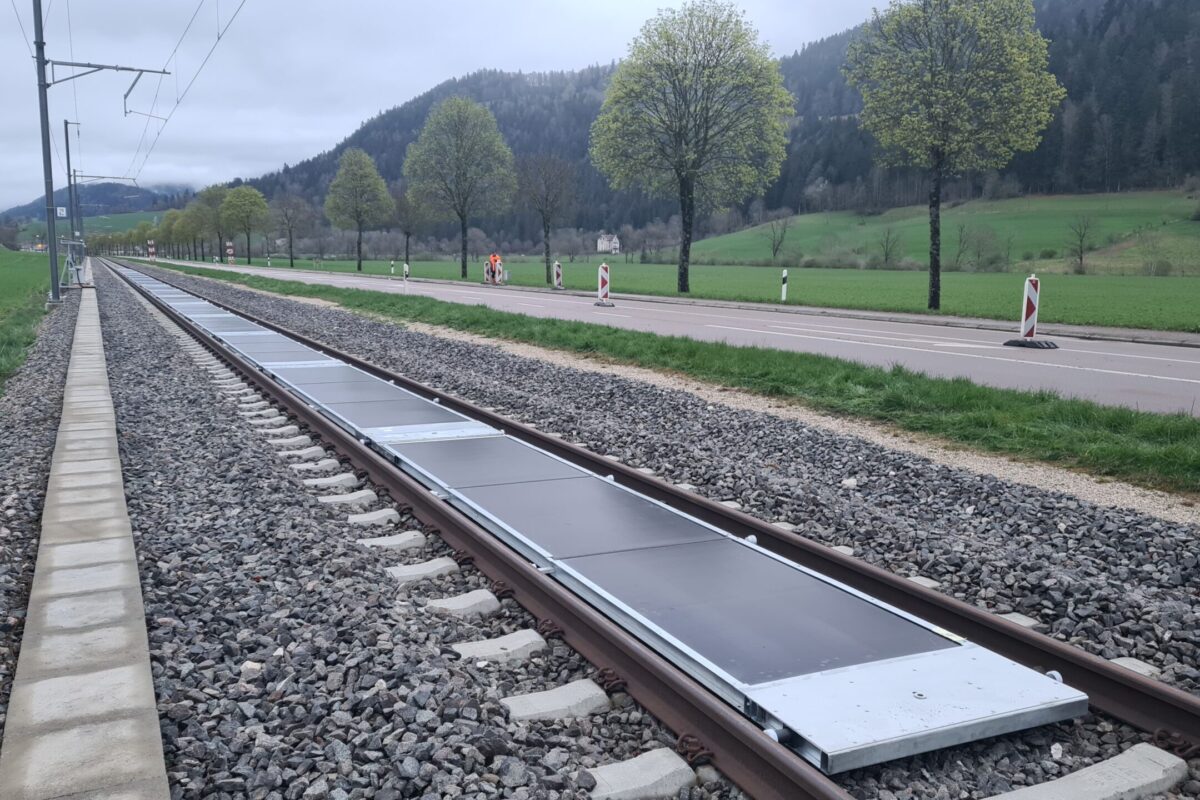New analysis in the CSIRO’s 2023-24 GenCost report shows the cost of large-scale solar has fallen in the past decade by 8%, while onshore wind rose 8%. Both remain the cheapest form of new-build electricity technology in Australia.
The report, prepared by the CSIRO with the Australian Energy Market Operator, compares costs to build new coal, gas, solar, onshore wind, offshore wind, batteries and nuclear generators.
And for the first time, the report has included large-scale nuclear technology, which has been identified as the most expensive technology.
The report shows firmed renewables, including transmission and storage costs, provide Australians with the cheapest power, at between AUD 83 ($55.25)/MWh and AUD 120/MWh in 2030. Were small modular nuclear reactors able to be up and running in Australia by 2030 the cost of their power would be up to AUD 382/MWh.
CSIRO Director of Energy Dietmar Tourbier said GenCost is committed to robust stakeholder engagement, with the latest consultation attracting more than 40 written submissions and more than 200 industry webinar participants.
“The feedback provided by the energy community each year is invaluable, given that cost forecasts of future electricity generation, storage and hydrogen production can fluctuate significantly, and no single technology can achieve our transition to net zero,” he said. “Whether the input GenCost receives is highly specialised or simply advocating for a particular pathway, our considerations are policy and technology neutral.”
While large-scale solar capital costs reduced by 8%, costs associated with rooftop solar fell 2%, while battery storage capital costs rose 2%.
Engineering advisory Aurecon is cited in the report as saying that current costs for small-scale residential batteries are estimated at AUD 14,400 for a 5 kW/10 kWh system or AUD 1,455/ kWh, including installation – about twice the cost of large-scale battery projects.
AEMO Executive General Manager System Design Merryn York said GenCost is one of several key reports that help inform the design of a sustainable electricity system for Australia.
“The annual collaboration with industry to assess electricity generation costs is critical to strategic planning and policy analysis, including our Integrated System Plan,” she said.
CSIRO Chief Energy Economist Paul Graham welcomed the stakeholder feedback that informed the latest report.
“GenCost is flexible to adjusting assumptions, scope and methodology in response to constructive feedback received during the formal consultation period and throughout the year,” he said. “For example, our approach to the inclusion of large-scale nuclear technology provides a logical, transparent and policy-neutral method of costing a potential deployment scenario in Australia.”
The report based its large-scale nuclear cost estimations on South Korea’s successful nuclear program and adjusted for differences by studying the ratio of the costs of new coal generation in each country.
The estimated costs can only be achieved if Australia commits to a continuous nuclear building program, requiring an initial investment of more than AUD 8 billion.
GenCost assessed submissions regarding the suitability of large-scale nuclear power generation in Australia’s electricity system and found that, while generation units of that scale are unprecedented in Australia, there are no known technical barriers.
This content is protected by copyright and may not be reused. If you want to cooperate with us and would like to reuse some of our content, please contact: editors@pv-magazine.com.



1 comment
By submitting this form you agree to pv magazine using your data for the purposes of publishing your comment.
Your personal data will only be disclosed or otherwise transmitted to third parties for the purposes of spam filtering or if this is necessary for technical maintenance of the website. Any other transfer to third parties will not take place unless this is justified on the basis of applicable data protection regulations or if pv magazine is legally obliged to do so.
You may revoke this consent at any time with effect for the future, in which case your personal data will be deleted immediately. Otherwise, your data will be deleted if pv magazine has processed your request or the purpose of data storage is fulfilled.
Further information on data privacy can be found in our Data Protection Policy.